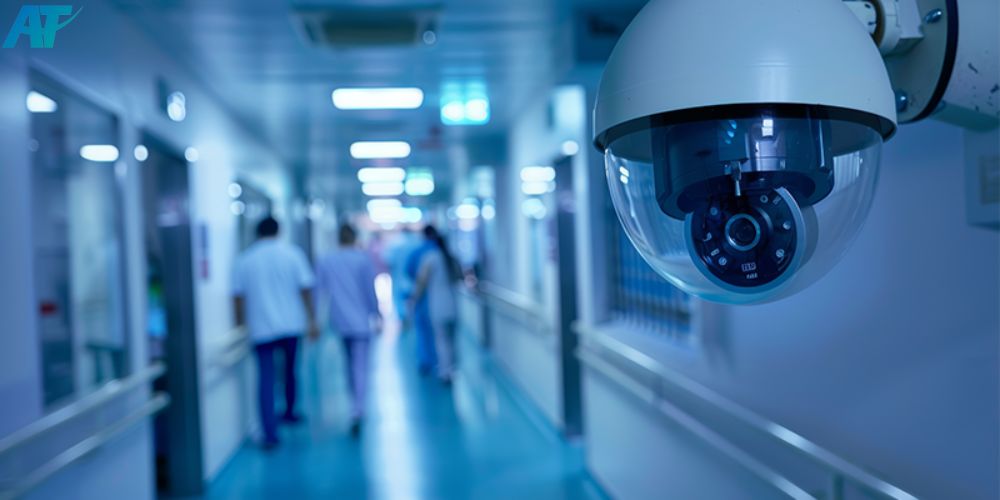In today’s rapidly evolving healthcare landscape, hospitals face a unique set of challenges when it comes to ensuring safety, security, and operational efficiency. With a high volume of patients, visitors, medical staff, and sensitive areas to monitor, traditional security measures often fall short in providing the level of protection and insight needed. This is where surveillance video analysis software for hospitals comes into play, offering a sophisticated solution to monitor, analyze, and manage video footage in real-time. This article, AT Technology and Consultancy Joint Stock Company (ATTECHSOFT) explores the key aspects of this software, including its definition, benefits, features, and applications in the healthcare sector.
The impact of video surveillance analysis technology
The introduction of video surveillance analysis technology has revolutionized hospital operations. Unlike traditional systems that rely on manual monitoring, modern solutions utilize artificial intelligence to automatically detect unusual activities such as unauthorized access, suspicious behavior, or emergencies. These systems significantly reduce response times, helping to mitigate risks and enhance safety. Moreover, the ability to analyze vast amounts of data allows hospitals to identify recurring issues, optimize resource allocation, and maintain compliance with stringent healthcare regulations. This proactive approach not only strengthens security but also contributes to a more efficient and patient-centric environment.

Applications of surveillance video analytics systems
Surveillance video analysis software has a wide range of applications tailored to the unique needs of hospitals. One key application is patient monitoring, where AI-driven systems can detect incidents like falls or signs of distress, ensuring timely interventions. In addition, access control is enhanced by restricting entry to sensitive areas such as operating rooms and medication storage to authorized personnel only. The technology also plays a crucial role in identifying safety hazards, such as wet floors or overcrowded areas, helping to prevent accidents. Furthermore, video analytics provide valuable operational insights by analyzing patient flow, reducing bottlenecks, and improving staff allocation. These applications collectively enhance the safety, efficiency, and overall quality of healthcare services.

Selecting the best effective surveillance video analysis
Choosing the right surveillance video analysis software is critical for maximizing its benefits in hospital settings. Hospitals should prioritize systems with advanced AI capabilities, such as facial recognition, behavior analysis, and anomaly detection, to ensure comprehensive monitoring. The software must also integrate seamlessly with existing hospital systems, including electronic health records and access control tools, to facilitate smooth operations. Scalability is another essential factor, as the solution should be capable of adapting to the hospital’s growth and evolving needs. Compliance with healthcare regulations is non-negotiable to protect patient privacy and data security. Finally, user-friendliness is crucial; the system should have an intuitive interface that minimizes training time for staff while ensuring efficient usage. By carefully considering these factors, hospitals can select a solution that aligns with their safety and operational goals.

Discover more valuable content here: AI video analysis system
Conclusion
Incorporating surveillance video analysis software for hospitals into modern healthcare facilities represents a significant step forward in improving safety, security, and operational efficiency. The software not only enhances the security of the hospital by detecting threats in real-time, but also ensures better patient care, staff safety, and compliance with regulations. With features like AI-based object recognition, facial recognition, automated incident detection, and real-time video analytics, video monitoring analysis software provides hospitals with a powerful tool to maintain order and protect patients, staff, and assets.
Contact us to arrange a demonstration:
Email: sales@attechsoft.com
Website: https://attechsoft.com/
